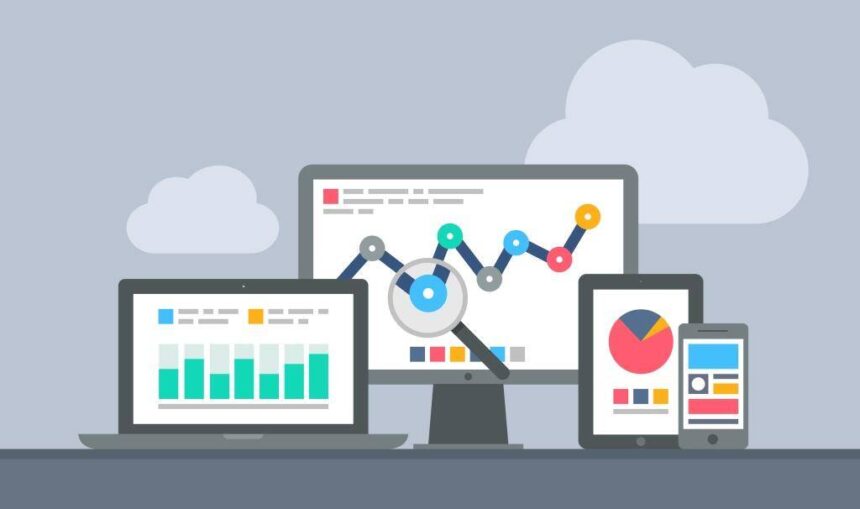Moving Big Data to the cloud helps you scale limitlessly and offer analytic capabilities to your users on an anytime, anywhere basis. You can quickly increase capacity to deal with the exploding scope and volume of data. Not only that, cloud computing helps you offload costly infrastructure and data management overheads so that you can focus on your core business. And that?s the reason why many organizations have started migrating their Big Data workloads to the Cloud. As per a recent BI on Big Data Adoption survey by Kyvos, 54% companies are expected to fully move their Big Data infrastructure to cloud over the next 3 years.
However, just moving your Big Data to the cloud is not enough. To get real business benefits, you need build your big data analytics cloud platform such that it can provide insights to your business users as soon as they need them. And, for that you need to build a high-performing analytical environment that can handle huge volumes of data in the cloud, and deliver insights that are quick, reliable, and easily accessible.
Key Considerations for Success
There are several tools and technologies available today for cloud analytics and it is extremely important to choose a solution that can meet your organization?s growing requirements. Here is a list of parameters on which you should assess the available options before you make your choice.
- Speed to Insights
Speed at which insights are delivered on Big Data is very important in shaping the success of your data initiatives. Since most analytic platforms slow down when the size of data increases, it is important to build an environment that delivers instant insights.
- Interactive Analysis on Big Data
Business users must be able to query massive volumes of data, ask any question, and get results in seconds. They should be able to slice and dice, roll up and down, and explore their data interactively so that they can get meaningful insights from it.
- Ease of Use
Dependency on IT teams and data analysts to pull reports from Big Data makes it difficult for users to utilize their data for business decision-making. The analytical platform should enable self-service Big Data access to users across the organization.
- Elasticity
As cloud provides native elasticity features, the analytical platform should also be able to scale up and down to leverage the elasticity of the cloud. This will help you manage costs and scale quickly to meet changing requirements.
Build your Big Data Analytics Cloud Platform: An Approach
If you want to build a high-performing Big Data Analytics platform in the cloud, start with assessing the expectations of the business users. Identify who all need access to the data, how quickly do they expect their insights, and what tools do they prefer to use for analytics. Most business users would rather use their existing tools such as Qlik, Tableau, Power BI, Excel, or others, instead of going through the pains of learning new technologies and adopting new tools. In fact, it would be ideal if they can access Big Data seamlessly without worrying about its size or location.
However, most analytical tools that perform well on smaller datasets slow down while handling Big Data. If you try to connect your analytical tools directly to massive data in the cloud, response times can go exceptionally high making analytics difficult.
This can be resolved by building an enterprise BI Consumption layer on your Big Data platform that enables your analytical tools to access to massive volumes of data instantly. The main purpose of this layer is to bridge the gap between your analytical tools and Big Data. It resides in the cloud and can easily scale up and down to meet varying analytical loads. Once this layer is in place, users can use any tool they like for Big Data analytics and as a result, adoption is high. This approach helps you build a Big Data Analytics platform that delivers analytics in cloud with high performance, unlimited scalability, and rapid elasticity.
In Conclusion
Moving big data to cloud is a big initiative that requires investment in terms of time, people, and processes. Therefore, it is important to build an end-to-end solution that not only takes care of data storage but also actual consumption of the data by the business users.






